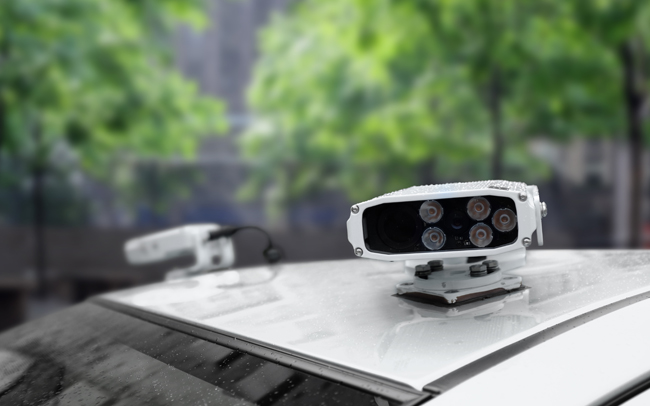
When automated license plate recognition (ALPR) technology was introduced in the 1990’s it was initially adopted by public safety departments to enhance their enforcement and investigative capabilities. Today, you’ll find the technology in toll plazas, airport parking structures and, increasingly, on school grounds and college campuses as leaders look for ways to enhance security, add value, create efficiencies and improve the customer experience.
Enhance security.
ALPR helps to extend the reach of security teams. If there’s a known individual that’s banned from campus, for example, and a license plate can be associated with that person, the system can send an immediate alert if that car is driven by a camera or parking truck equipped with an ALPR scanner. If an incident does happen, ALPR technology can help lead to the capture or conviction of a criminal. If a witness got a partial license plate number following an incident, the system can be queried to show all plates showing those letters or numbers, and indicate the time and location of all matching vehicles.Add value.
ALPR can positively impact your bottom line two ways: By cutting costs and by generating revenue. ALPR can help you save labor and materials costs associated with parking administration. Instead of issuing paper permits to employees, students, staff or contractors, your parking patrons can buy permits online based on their license plate number. One university saved $30,000 in administrative labor and materials in its first year of ALPR implementation. On that same campus, ALPR is also helping administrators generate new revenue. Because it tracks exact parking capacity, the college is able to issue and sell more parking permits than it previously thought possible: 200 more permits in its first year, increasing revenue by 10 percent.Increase parking enforcement efficiency.
Parking operations that use license plates as credentials can help make staffing more efficient. And because all permitting takes place digitally, complex permit rights can be programmed in the software and safely tucked away so that seemingly complex rules are all located in the cloud. Customers only need to know where they’re allowed to park and how many vehicles they can have present at one time. Frontline staff and officers only need to know how the software works to determine if someone is authorized to park or has a permit for a specific location. Proper programming means the system tells the team whether the vehicle is in compliance.Improve the customer experience.
When a customer or visitor drives onto your campus, one question is top of mind: “Where can I park?” ALPR helps you deliver an answer, automatically. As ALPR software tracks parking lot occupancy, it can be programmed to display availability on message boards in real-time. If the driver’s first choice is at capacity, the message will direct them to the next available location.Learn more about ALPR on our website or call us at 800-726-5426.
